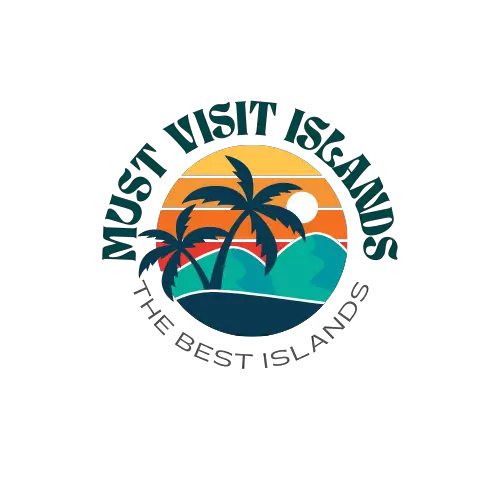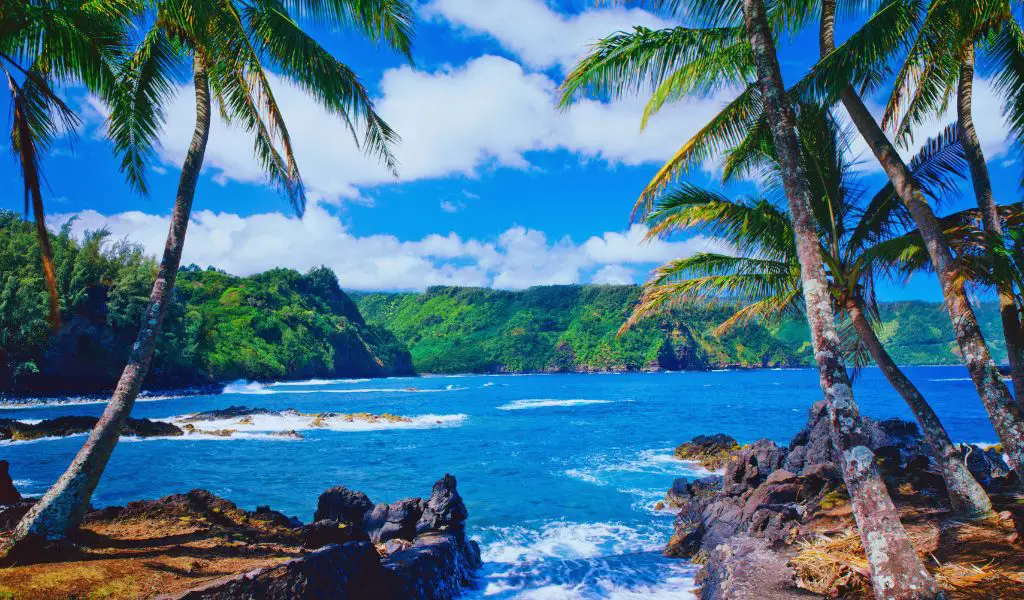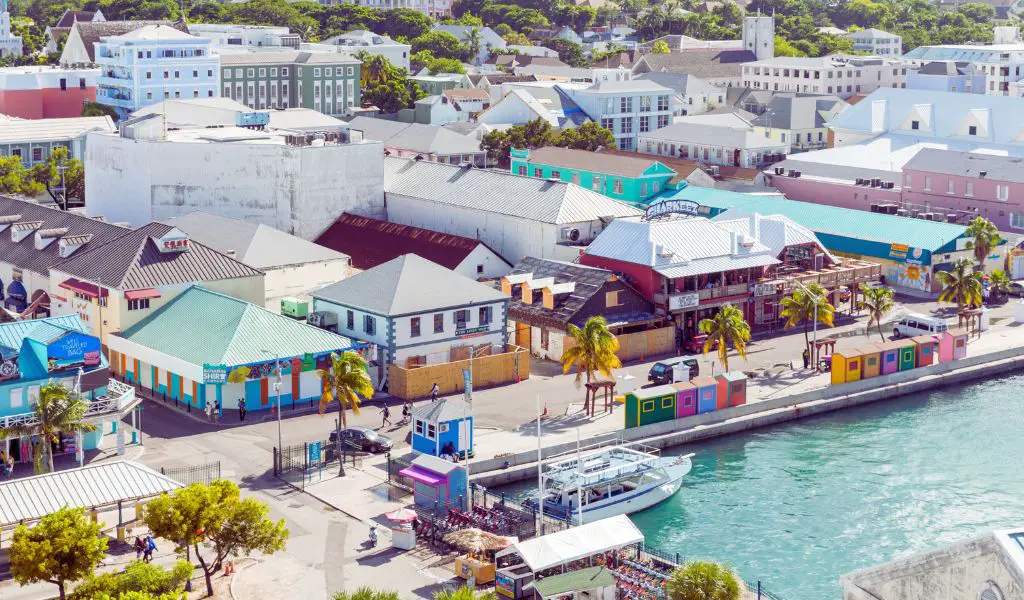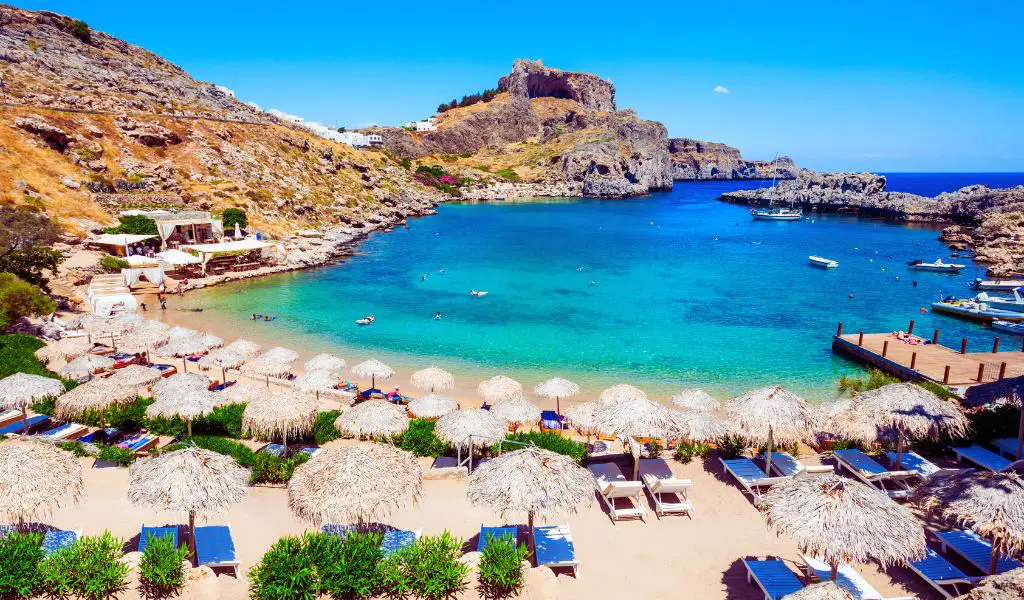Steeped in culture, history, and natural beauty, Maui is the second-largest of the Hawaiian Islands, often referred to as “The Valley Isle”. Its captivating landscapes vary from the lush, verdant rainforests to the stark beauty of its dormant volcano, Haleakala, which shapes much of the island’s topography.
Geography
Maui’s geographical features are as varied as they are breathtaking.
The island boasts miles of stunning coastlines, including the renowned black sand beach at Wai’anapanapa State Park, formed by the constant battering of waves against the hardened lava.
Another magnificent geographical feature is the iconic Iao Valley, where the majestic Iao Needle rises dramatically from the valley floor.
History
The island’s unique landscape has shaped a fascinating history.
Maui was first inhabited by Polynesians as early as 500 AD, who navigated the vast Pacific Ocean using only the stars.
This history is reflected in various cultural sites across the island, such as the Lahaina Historic District, once the capital of the Kingdom of Hawaii and a thriving whaling port during the 19th century.
Maui isn’t just a feast for history buffs; nature lovers will revel in the island’s diverse flora and fauna.
Haleakala National Park, home to the island’s highest peak, is a biodiversity hotspot, boasting many species found nowhere else in the world.
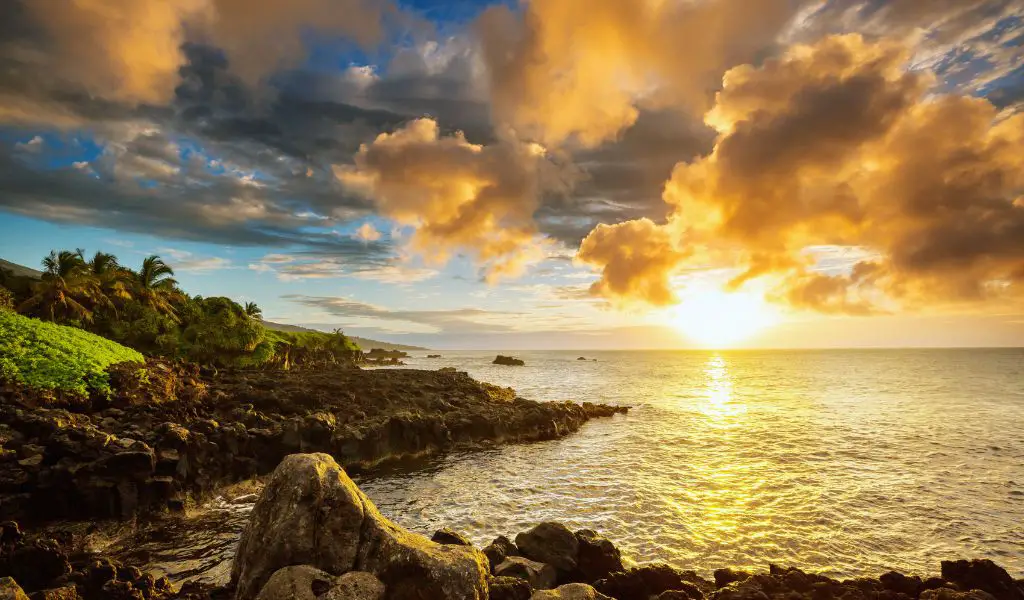
Activities
Popular activities on the island reflect the diverse offerings of its environment.
Water enthusiasts can engage in surfing, snorkeling, and whale watching during the winter months, while land lovers can hike the numerous trails offering panoramic views of the island’s diverse landscape.
Population
As of 2023, Maui has an estimated population of about 167,000.
The island is multicultural, with residents coming from diverse backgrounds, contributing to a rich and vibrant local culture.
When to Go
The best time to visit Maui depends on your preferences.
For fewer crowds and lower prices, consider April to June and September to November. December to March is the peak season, coinciding with humpback whale watching season.
How to Get There
Most visitors arrive in Maui via the Kahului Airport, the island’s main airport.
Direct flights from the US mainland are available, and there are also inter-island flights from other Hawaiian islands.
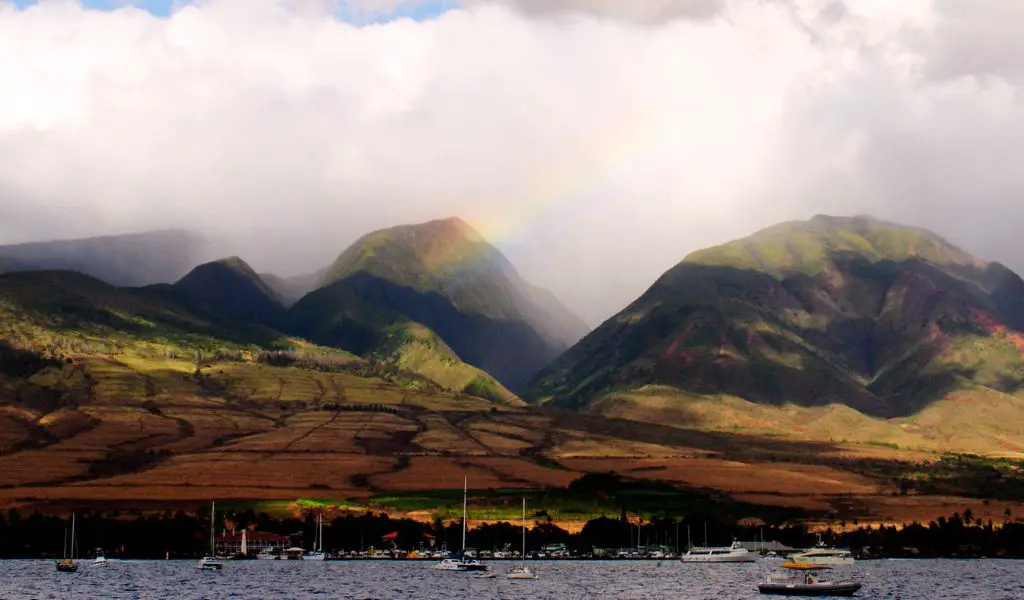
Highlights
Key highlights of Maui include the mesmerizing sunrise at Haleakala National Park, the scenic Hana Highway, and the historic town of Lahaina.
Don’t miss the opportunity to sample traditional Hawaiian cuisine, like poke and laulau.
What You Should Know
While English is widely spoken in Maui, you may also hear Hawaiian Pidgin and the Hawaiian language.
The island’s currency is the US Dollar. Tipping is customary in restaurants and for services.
FAQs
Is Maui safe for tourists?
Yes, Maui is generally safe for tourists. However, like any travel destination, it’s important to take basic safety precautions.
Do I need a car in Maui?
While it’s possible to use public transportation, renting a car is recommended for convenience and to explore the island fully.
What wildlife can I see in Maui?
In addition to tropical fish and sea turtles, you may also spot humpback whales during the winter months. On land, keep an eye out for the Hawaiian state bird, the Nene.
